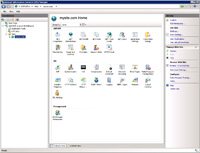
(Enlarge)
|
- Access the IIS Manager.
- Select a website with the availability issue.
- Under "Browse Web Site" there should be no "localhost" defined.
|
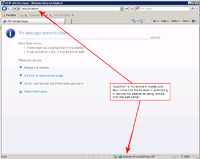
(Enlarge)
|
- Open the web browser on the server and in the URL enter "http://localhost" and press enter. The request should return a 404 error. Notice that, down at the bottom of the browser it is interpreting the URL as a "Internet" location - this will be true for virtually all URL's you provide.
|
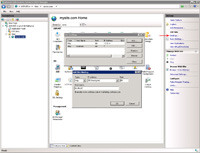
(Enlarge)
|
- Under "Edit Site" click on "Bindings".
- Under the "Site Bindings" pane, click on the button "Add...".
- Under "Host name:" enter "localhost" and click on "OK".
- Under the "Site Bindings" pane, click on the button "Close".
|
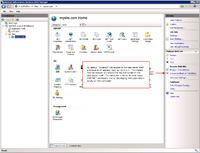
(Enlarge)
|
- The change should be immediate as shown.
- Under "Browse Web Site" you should see a new entry of localhost. When "localhost" is entered in the web browser on the server, it will resolve to 127.0.0.1 (which is local to the server). "localhost" is commonly used by .Net developers to be able to run web applications locally on their computer without needing a full-fledged server.
|
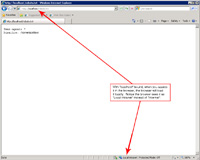
(Enlarge)
|
- Now if you reload the "http://localhost/" URL in the web browser you'll notice that the web browser brings up the website that "localhost" is bound to, and it treats the request as being local to the server as "Local Intranet" instead of "Internet".
- If the website consistently comes up in the "Local Intranet" context, you've most likely got a network issue to deal with...not the web server itself.
|




